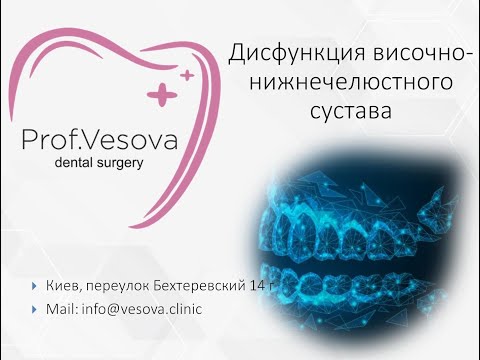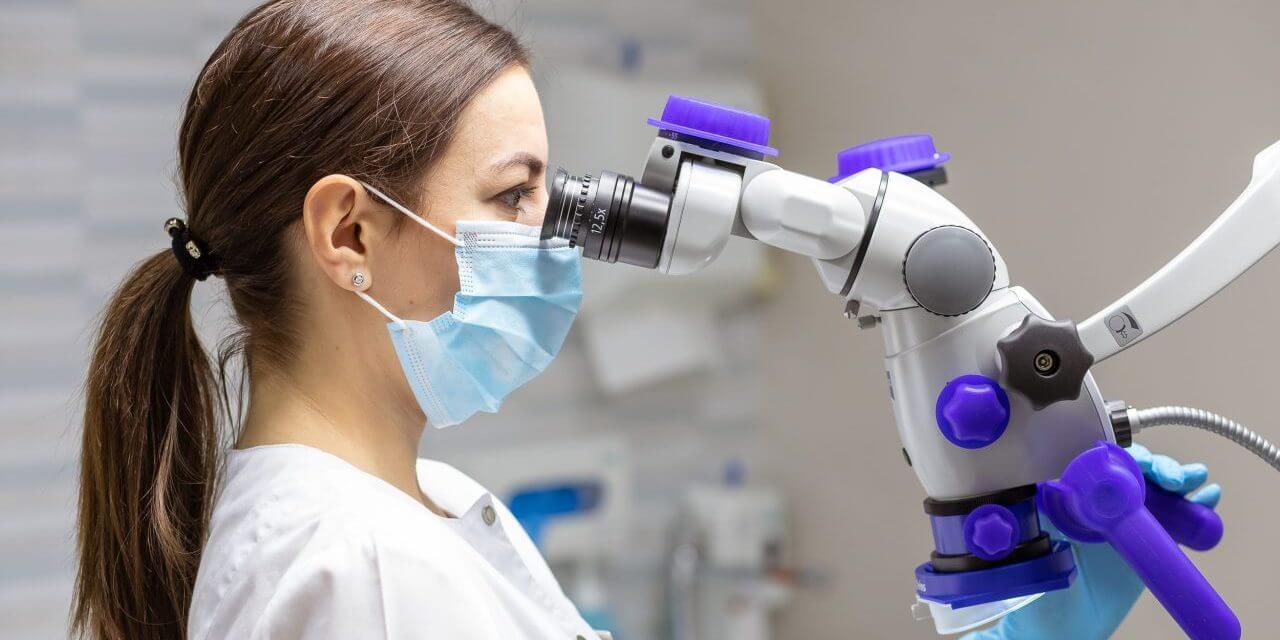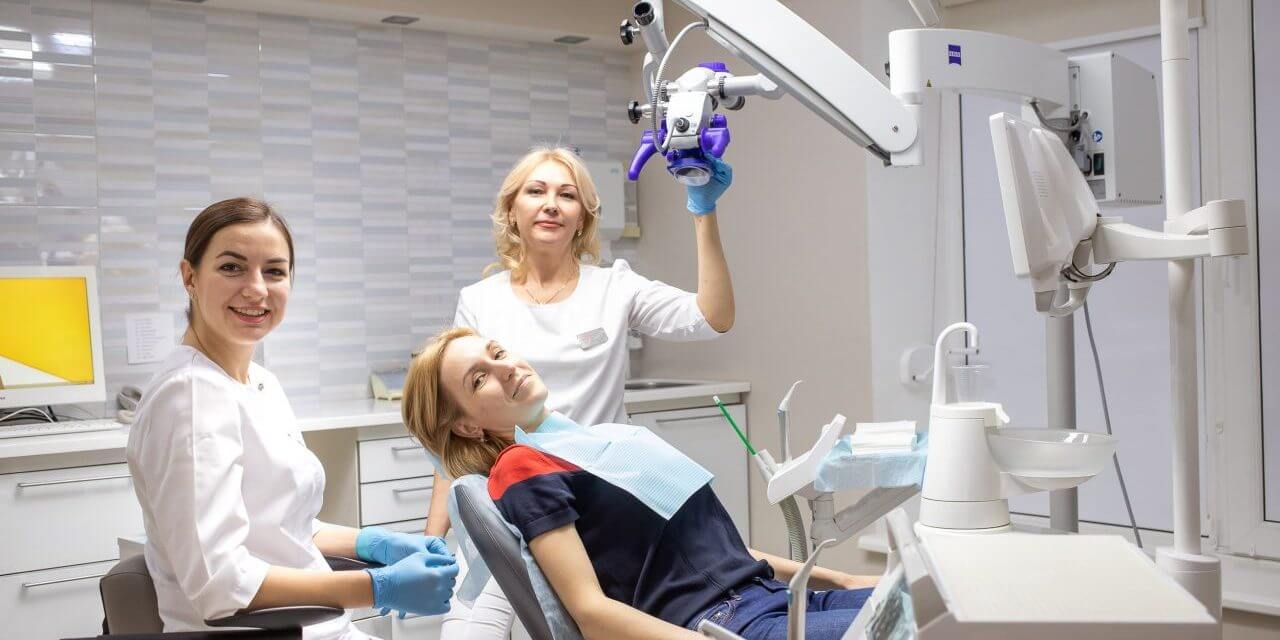The skeleton is a complex system. A man has got 360 joints. The temporomandibular joint (TMJ) constantly attracts the attention of dental surgeons as one of the most problematic and susceptible pathologies. It is called a dysfunction of the TMJ. The concept assumes subluxation of the lower jaw, arthrosis and arthritis. Often in medical terminology there is a definition of “myofascial syndrome” and “Kosten syndrome”. Anyway, all this becomes the cause of much discomfort, ear and headaches and other problems. There are frequent cases of loss of vision, hearing, and even depressive disorders as a result of impaired normal function of the temporomandibular joint.
ESTABLISHING DIAGNOSIS
Accurately diagnose “dysfunction of the TMJ” can only be done by an experienced doctor, since the diagnosis of this disease is very complicated. The joints don’t have nerve endings; therefore, pain appears in the ears, neck, head, muscles and teeth. As already mentioned, there is a loss of vision and hearing.
The very same joint crunches while eating, yawning, etc., that is, when the mouth opens. The sound indicates the displacement of the disc, the mandibular muscles are strongly tense, which, in fact, causes the appearance of pain. Often this crunch is heard around.
Experts have to deal with the so-called locking of the TMJ, when the movement of the joint is violated; the lower jaw is in a movable position. To fully open the mouth, the patient is forced to first move his lower jaw to a click. This is how the jaws are unlocked.
For diagnosis, radiography is used, in particular, orthopantomogram. Of the number of modern diagnostic methods, computer one has proven itself well.
Price list
Orthodontics
OUR ADVANTAGES
Leave your review about us!
Your opinion is valuable to us








